Electric bike batteries are the heart of your ride’s power, range, and performance. They differ mainly in voltage, capacity, and chemistry, which directly influence how fast, far, and efficiently your e-bike travels. Selecting the right battery type and size ensures an optimal riding experience and long-lasting performance for your electric bike.
What Are the Different Types of Batteries Used in Electric Bikes?
Electric bikes mostly use lithium-ion batteries because they offer high energy density, lighter weight, and longer lifespans compared to older types like lead-acid or nickel-metal hydride (NiMH). Lead-acid batteries are heavy and provide shorter ranges, while NiMH batteries have moderate capacity but are bulkier and less efficient. Lithium-ion batteries typically last between 500 and 1,000 full charge cycles, with some advanced models exceeding 2,000 cycles, making them the industry standard for modern electric bikes.
How Does Battery Voltage Affect Electric Bike Power and Speed?
Battery voltage determines the power output and top speed of an electric bike. Higher voltage batteries (such as 48V or 52V) deliver energy faster to the motor, resulting in quicker acceleration and higher speeds. Lower voltage batteries like 24V are lighter and cheaper but provide less power, suitable for short rides on flat terrain. A 36V battery is common, offering a balance between power and weight, typically delivering around 360 watt-hours of energy for everyday rides.
Which Battery Capacity Metrics Determine Electric Bike Range?
Battery capacity is measured in amp-hours (Ah) and watt-hours (Wh), with watt-hours being the most comprehensive metric as it combines voltage and current. A higher watt-hour rating means more stored energy, enabling longer distances. For example, a 500Wh battery can deliver 500 watts for one hour or 250 watts for two hours. Actual range depends on rider weight, terrain, pedal assist level, and riding style. Adjusting pedal assist settings can help extend battery range.
Why Is Battery Quality and Brand Important for Performance and Safety?
Battery quality and brand significantly affect reliability, performance, and safety. Trusted brands like Samsung, Panasonic, Bosch, and LG produce high-quality lithium-ion cells with advanced battery management systems (BMS) that balance cell charge and prevent overheating or over-discharge. Low-quality or counterfeit batteries often lack these safety features, have shorter lifespans, and may pose fire hazards. Choosing batteries from reputable manufacturers ensures dependable performance and safety.
How Should You Maintain and Care for Electric Bike Batteries?
Proper maintenance prolongs battery life and maintains performance. Store batteries at moderate temperatures (0 to 20°C), keep charge levels between 30% and 60% when not in use, avoid direct sunlight or extreme heat, and don’t fully drain the battery before recharging. Using lighter pedal assist and avoiding overworking the battery also helps preserve its health. Following manufacturer guidelines for charging and storage is essential for longevity.
Which Battery Models Offer the Best Balance of Power, Range, and Weight?
Popular battery configurations include 36V and 48V lithium-ion batteries, which offer a good balance of power and range. A 36V battery typically has around 360Wh capacity, ideal for urban commuting and moderate hills, while a 48V battery provides higher power and longer range, suitable for hilly terrain or longer rides. Batteries above 500Wh offer extended range and performance but add weight and cost. Choose based on your riding needs and terrain.
Chart: Comparison of Common Electric Bike Battery Voltages and Typical Range
| Voltage |
Typical Capacity (Wh) |
Approximate Range (miles) |
Weight (kg) |
Ideal Use Case |
| 24V |
250-300 |
10-15 |
2-3 |
Short commutes, flat terrain |
| 36V |
360-500 |
20-30 |
3-4 |
Urban riding, moderate hills |
| 48V |
500-700 |
30-50 |
4-5 |
Long rides, hilly terrain |
| 52V+ |
700+ |
40+ |
5+ |
High performance, long range |
What Factors Influence Electric Bike Battery Performance Besides Voltage and Capacity?
Battery performance also depends on the battery management system (BMS), temperature, charging habits, and cell quality. The BMS balances charging and discharging to protect cells and optimize output. Extreme temperatures reduce efficiency and lifespan. Frequent fast charging or deep discharges degrade battery health faster. Riding style, such as aggressive acceleration or high pedal assist, drains battery quicker, reducing range.
Purchasing Advice
When buying batteries for electric bikes, prioritize lithium-ion batteries from reputable brands like Samsung, Panasonic, or Bosch for safety and reliability. Match voltage and capacity to your riding habits—higher voltage and watt-hours for longer, hillier rides; lower for city commuting. Ensure the battery includes a robust battery management system and UL certification. Avoid cheap, unbranded batteries that compromise performance and safety. Proper maintenance and storage will maximize your electric bike’s power, range, and performance.
HOVSCO Expert Views
"HOVSCO recognizes that battery technology is the cornerstone of electric bike innovation. Combining premium lithium-ion cells with intelligent battery management systems elevates both safety and performance. Riders should consider not just specs but also how their usage and care impact battery longevity. At HOVSCO, we continuously push boundaries to deliver batteries that empower riders with longer range, greater power, and enhanced reliability."
FAQ
What is the difference between battery voltage and capacity?
Voltage affects the power and speed potential, while capacity (Ah or Wh) indicates how much energy the battery stores, impacting range.
How long do electric bike batteries typically last?
Most lithium-ion batteries last 500 to 1,000 full charge cycles, roughly 2-5 years depending on use and care.
Can I replace my e-bike battery with a higher voltage one for better performance?
Only if the motor and controller support the higher voltage; otherwise, it may damage the system.
How does temperature affect battery performance?
Extreme cold or heat lowers efficiency and shortens lifespan, so proper temperature storage is crucial.
Are all lithium-ion batteries the same quality?
No. Trusted brands offer better safety, performance, and durability than generic or counterfeit batteries.
Electric bikes (e-bikes) have revolutionized the way we commute and explore the outdoors, offering an eco-friendly and efficient alternative to traditional vehicles. At the heart of every e-bike lies its battery – the powerhouse that determines performance, range, and reliability. Understanding the basics of volts, amps, and watt hours can help you make an informed decision when buying or maintaining an e-bike.
In this guide, we’ll demystify these terms and explain how they work together to power your ride.
What are Volts, Amps, and Watt Hours?
Volts (V) measure the electric potential, determining the speed of your e-bike. Amps (A) indicate the current flow, affecting acceleration and hill-climbing ability. Watt Hours (Wh), calculated by multiplying volts and amp-hours, represent the total energy capacity, directly influencing the range of your electric bike.
1. Volts (V): The Measure of Power Potential
Volts measure the electrical potential or pressure in a battery. Think of it like water pressure in a hose – the higher the voltage, the more force the electricity has to flow through the system. In the world of e-bikes:
-
Higher voltage usually translates to greater speed and acceleration potential.
-
Common e-bike batteries operate at 36V, 48V, or even 52V.
2. Amps (A): The Measure of Electrical Flow
Amps indicate the amount of electrical current flowing through a system. A higher amperage means the battery can deliver more power in a short burst, which is essential for climbing steep hills or carrying heavy loads.
3. Watt Hours (Wh): The Measure of Energy Capacity
Watt hours combine volts and amps to indicate the total energy stored in a battery. It’s calculated as:
For example, a 48V battery with a capacity of 10Ah has 480Wh of energy. This value determines your e-bike’s range.
How Do These Metrics Affect E-Bike Performance?
Higher voltage provides more power and speed, enhancing performance on inclines. Increased amp-hours extend the distance you can travel on a single charge. Together, these metrics determine your e-bike's acceleration, top speed, and overall range, tailoring the ride to your specific needs.
1. Range
The watt hours (Wh) of your battery directly impact how far you can travel on a single charge. More watt hours mean a longer range, but this also depends on factors like terrain, rider weight, and assist level.
2. Speed
Higher voltage systems (e.g., 52V) can support faster speeds, as they provide more power to the motor.
3. Torque and Power
A combination of voltage and amps determines how much torque your e-bike can produce, affecting its ability to climb hills or accelerate quickly.
A Practical Example: Comparing Two Batteries
Consider Battery A: 36V and 10Ah, totaling 360Wh, suitable for up to 25 miles. Battery B: 48V and 15Ah, totaling 720Wh, offers nearly double the range and better performance. Choosing between them depends on your commuting distance and terrain challenges.
Let’s compare two e-bike batteries to illustrate how volts, amps, and watt hours work together:
| Battery Feature |
Battery A |
Battery B |
| Voltage (V) |
36V |
48V |
| Amp Hours (Ah) |
10Ah |
15Ah |
| Watt Hours (Wh) |
360Wh |
720Wh |
-
Battery A: A 360Wh battery may support commutes of up to 25 miles, depending on conditions.
-
Battery B: With 720Wh, you’re looking at nearly double the range and better performance.
Key Factors When Choosing an E-Bike Battery
Select a battery that matches your riding style and terrain. Higher voltage batteries offer more power for hilly areas, while greater amp-hours provide longer range for extended commutes. Ensure compatibility with your e-bike's motor and controller for optimal performance.
1. Your Riding Needs
Ask yourself:
-
Do you need long range for touring?
-
Are you tackling steep inclines?
-
Will you be carrying cargo or passengers?
2. Battery Chemistry
Most e-bikes use lithium-ion batteries, which are lightweight and durable. Look for brands that offer reliable battery management systems (BMS) to enhance safety and lifespan.
3. Charging Time
A larger battery typically takes longer to charge. Opt for a fast charger if quick turnarounds are important to you.
Tips for Maximizing Battery Life
Maintain your battery between 20% and 80% charge to prolong its lifespan. Avoid exposing it to extreme temperatures and store it in a cool, dry place. Regularly check for firmware updates and follow the manufacturer's charging guidelines to ensure longevity.
-
Avoid Full Drains: Recharging before the battery is fully depleted can extend its lifespan.
-
Store Properly: Keep your battery in a cool, dry place when not in use.
-
Regular Maintenance: Check for software updates and keep connections clean.
-
Optimize Riding Habits: Use eco modes or lower assist levels to conserve battery power.
Advanced Insights into Battery Performance
Battery performance can be influenced by factors like cell quality, management systems, and usage patterns. Premium batteries often feature advanced management systems that optimize charging and discharging, enhancing efficiency and extending overall lifespan.
Temperature Sensitivity
Batteries perform best within a specific temperature range. Extreme heat or cold can reduce efficiency and lifespan. Invest in thermal protection if you frequently ride in harsh climates.
Cycle Life
Each battery has a limited number of charge cycles. Proper care can help you get the most out of your battery before replacement is necessary.
Why Hovsco E-Bikes Stand Out
Hovsco e-bikes are equipped with high-performance lithium-ion batteries, offering fast-charging capabilities and exceptional range. Their commitment to quality ensures reliable power delivery, making them a top choice for riders seeking durability and efficiency.
At Hovsco, we prioritize high-performance batteries in all our models. Our e-bikes come equipped with:
-
Cutting-edge lithium-ion batteries.
-
Fast-charging technology.
-
Exceptional range to suit diverse riding styles.
Explore our range of e-bikes here and find the perfect match for your needs.
Frequently Asked Questions (FAQs)
Q: Can I upgrade my e-bike battery to a higher voltage?
Yes, but ensure your motor and controller are compatible with the higher voltage to avoid damage.
Q: How long do e-bike batteries last?
Most lithium-ion batteries last 3-5 years or around 500-1,000 charge cycles with proper care.
Q: Are higher watt-hour batteries heavier?
Typically, yes. Higher capacity batteries weigh more, so balance your need for range with overall bike weight.
Environmental Benefits of E-Bike Batteries
E-bike batteries contribute to reducing carbon emissions by replacing car trips. Proper recycling of lithium-ion batteries minimizes environmental impact, preventing harmful substances from entering ecosystems and promoting sustainable transportation solutions.
Switching to e-bikes not only saves on fuel costs but also reduces your carbon footprint. A single e-bike battery charge consumes significantly less energy compared to driving a car the same distance. This makes e-bikes a green alternative for commuting and leisure.
Common Misconceptions About E-Bike Batteries
A common myth is that fully discharging your battery before recharging extends its life. In reality, partial charging is better for lithium-ion batteries. Additionally, storing batteries at full charge for extended periods can degrade their health.
1. Bigger is Always Better
While a larger battery offers more range, it’s not always the best choice. Consider the extra weight and whether you truly need the extended capacity.
2. Fast Charging Damages Batteries
Modern lithium-ion batteries are designed to handle fast charging without significant harm, provided they use high-quality chargers and BMS.
3. E-Bike Batteries Are Too Expensive
While the upfront cost may seem high, e-bike batteries pay off in savings over time by reducing fuel costs and maintenance.
Real-World Applications of E-Bike Batteries
E-bike batteries power various activities, from daily commuting to off-road adventures. They enable eco-friendly deliveries, family outings, and fitness routines, showcasing their versatility in enhancing modern transportation and lifestyle choices.
E-bike batteries are versatile, powering not just commutes but also outdoor adventures, cargo deliveries, and family trips. They enable:
-
Urban Commuting: Skip traffic and reduce travel time with reliable battery-powered rides.
-
Off-Road Adventures: Explore trails with confidence, thanks to long-lasting energy reserves.
-
Sustainable Delivery: Businesses are adopting e-bikes for eco-friendly and cost-effective deliveries.
Conclusion
Understanding how ebike batteries work equips one to make smart choices down the road toward an end of smooth, continuous trips. Whether you're commuting, adventure-bound, or simply enjoying yourself, the perfect battery stands between you and unleashing your ebike's ultimate experience.
✨ Related Reads:


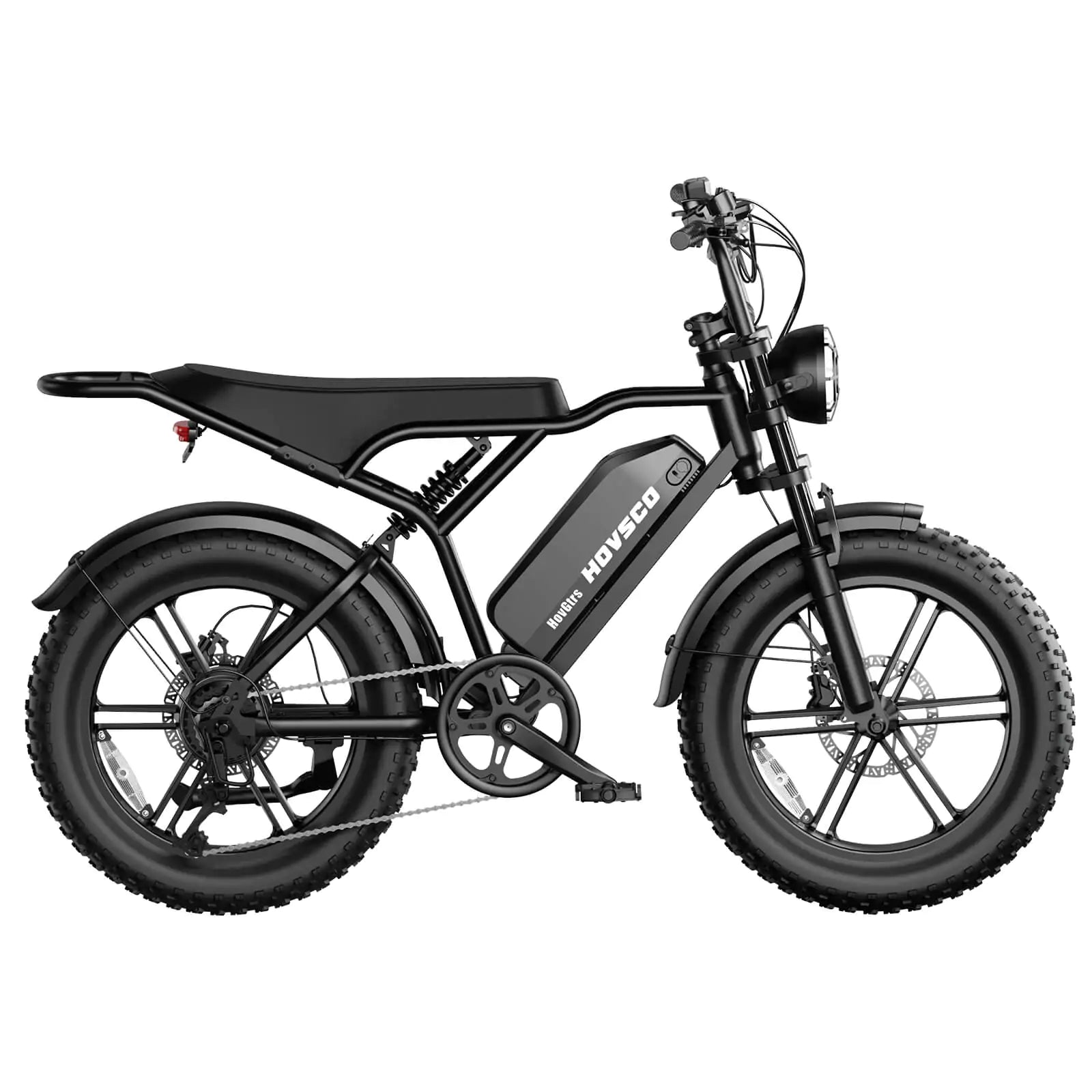
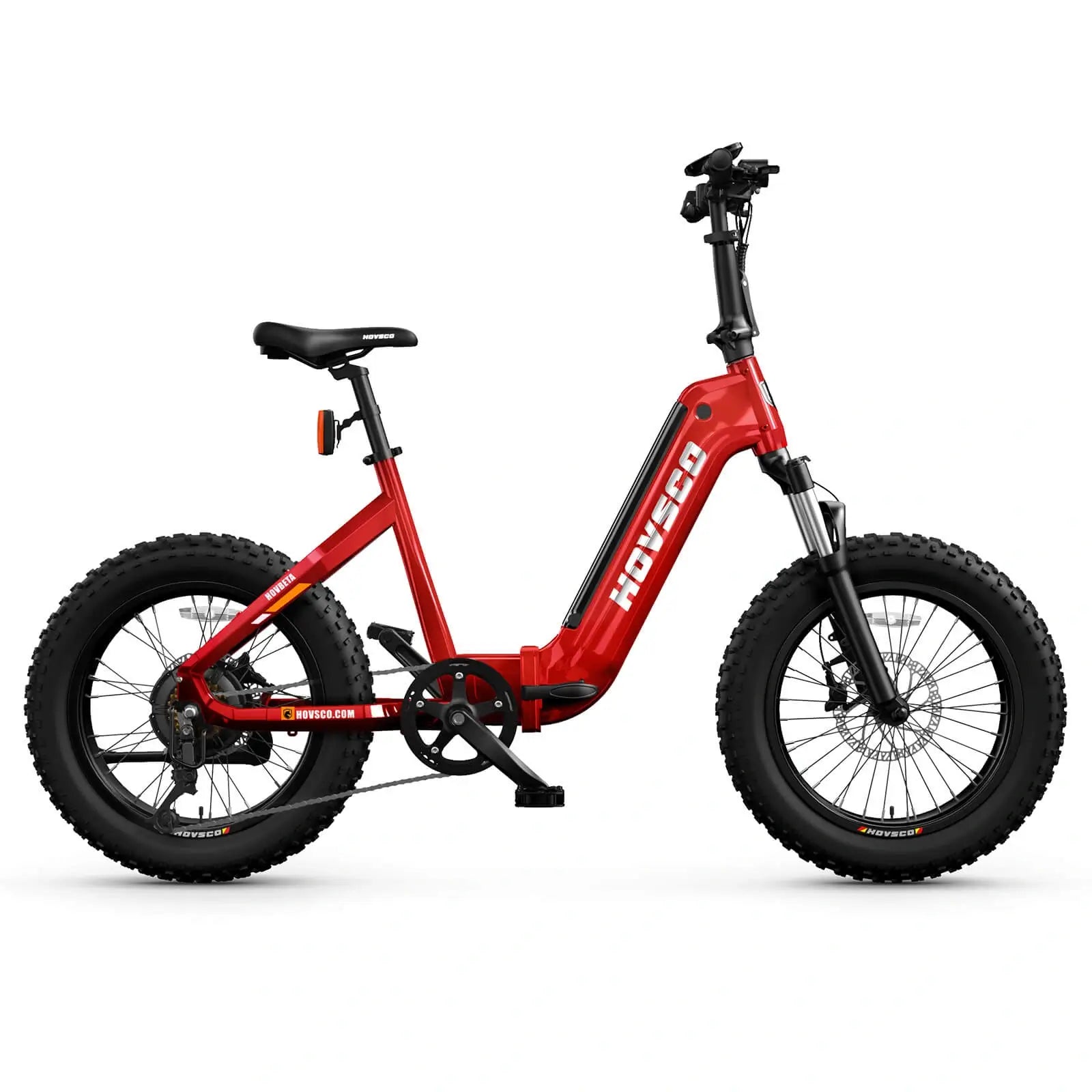
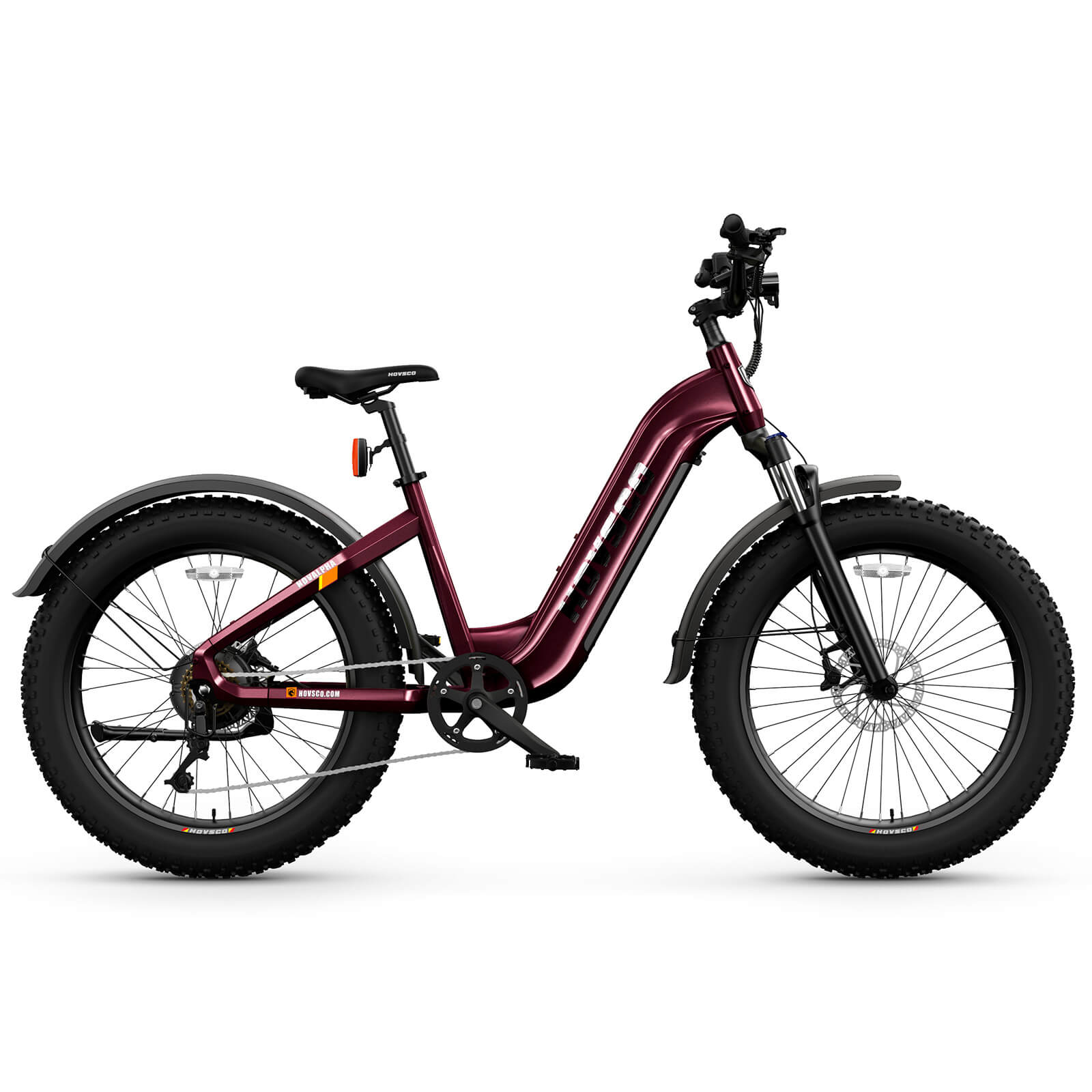
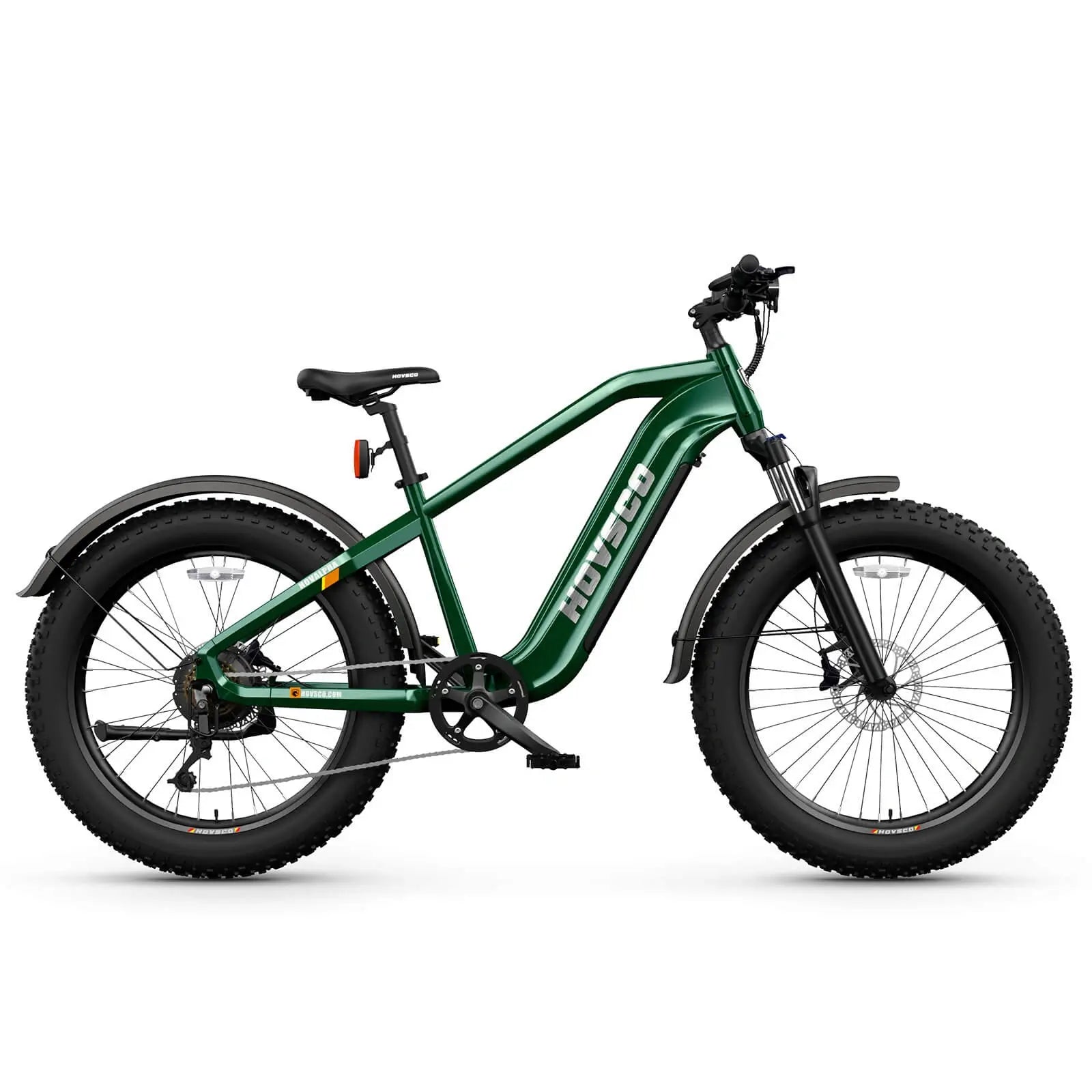
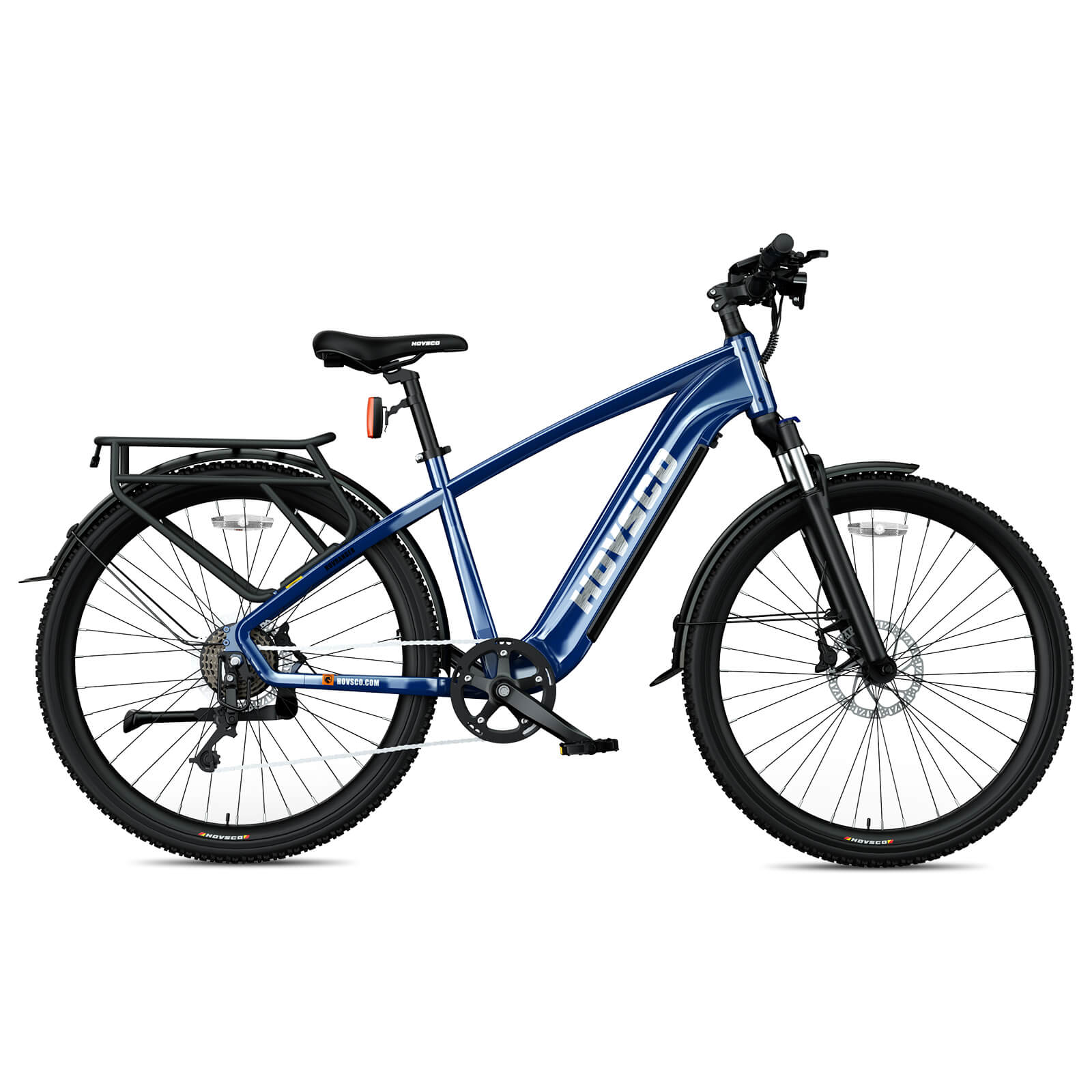
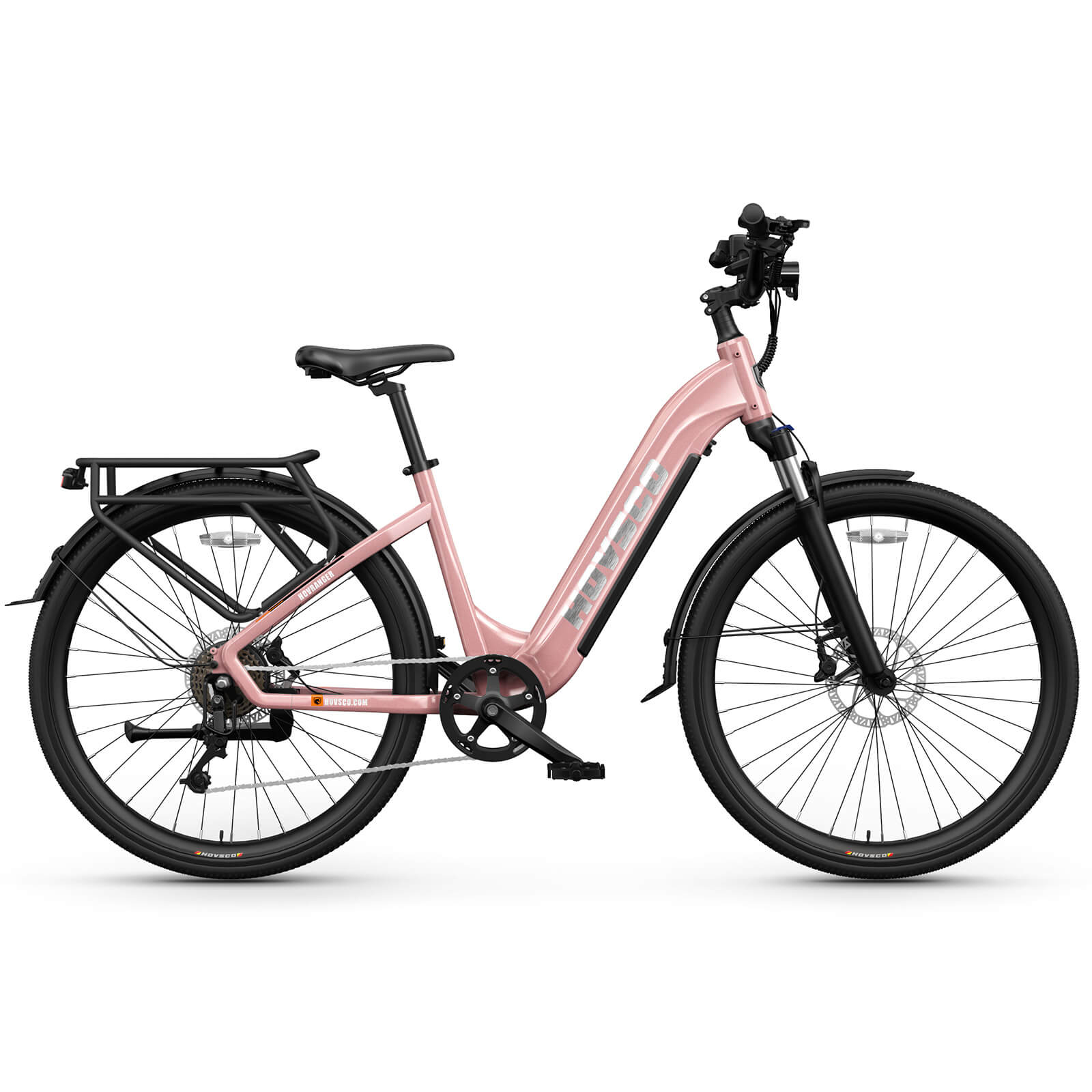
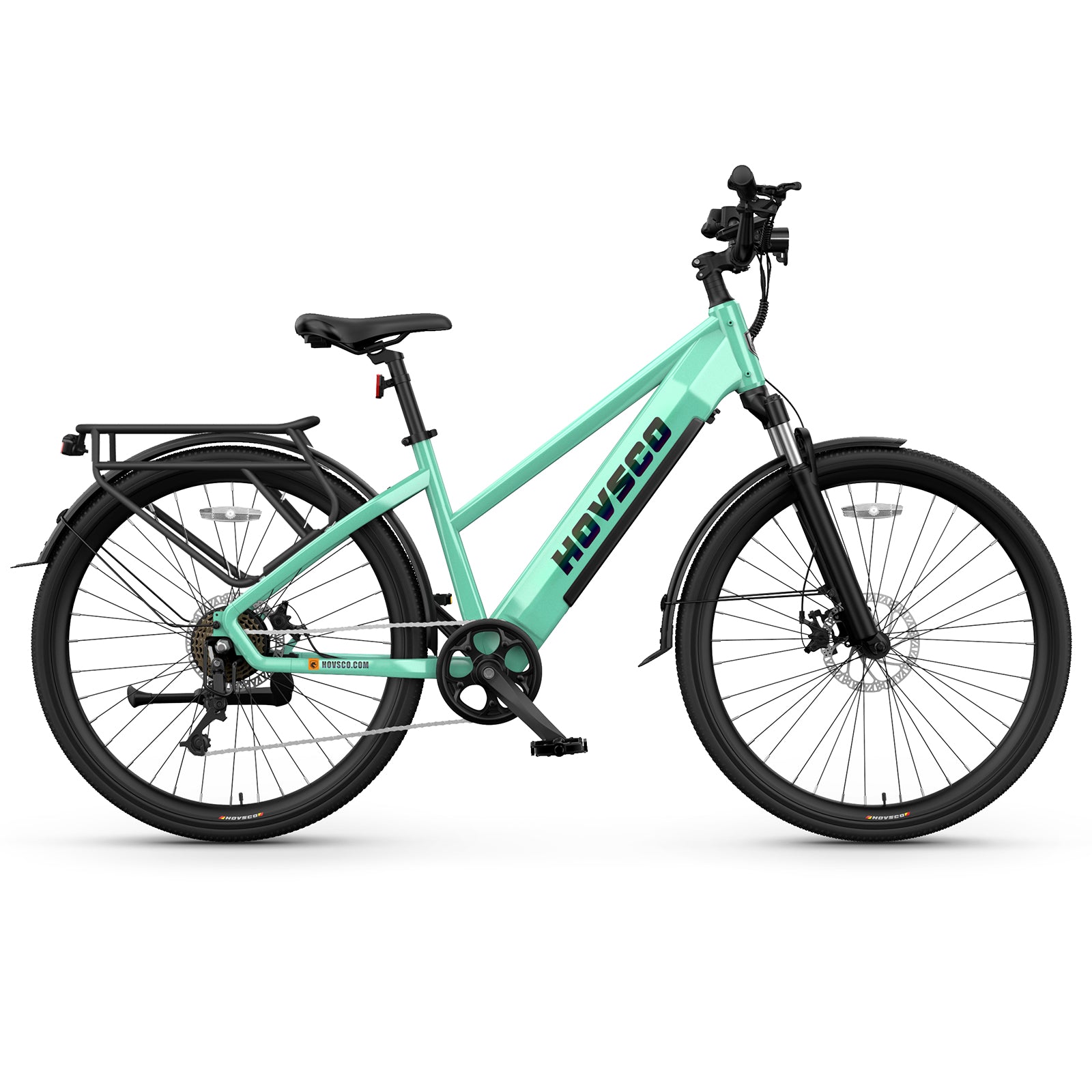
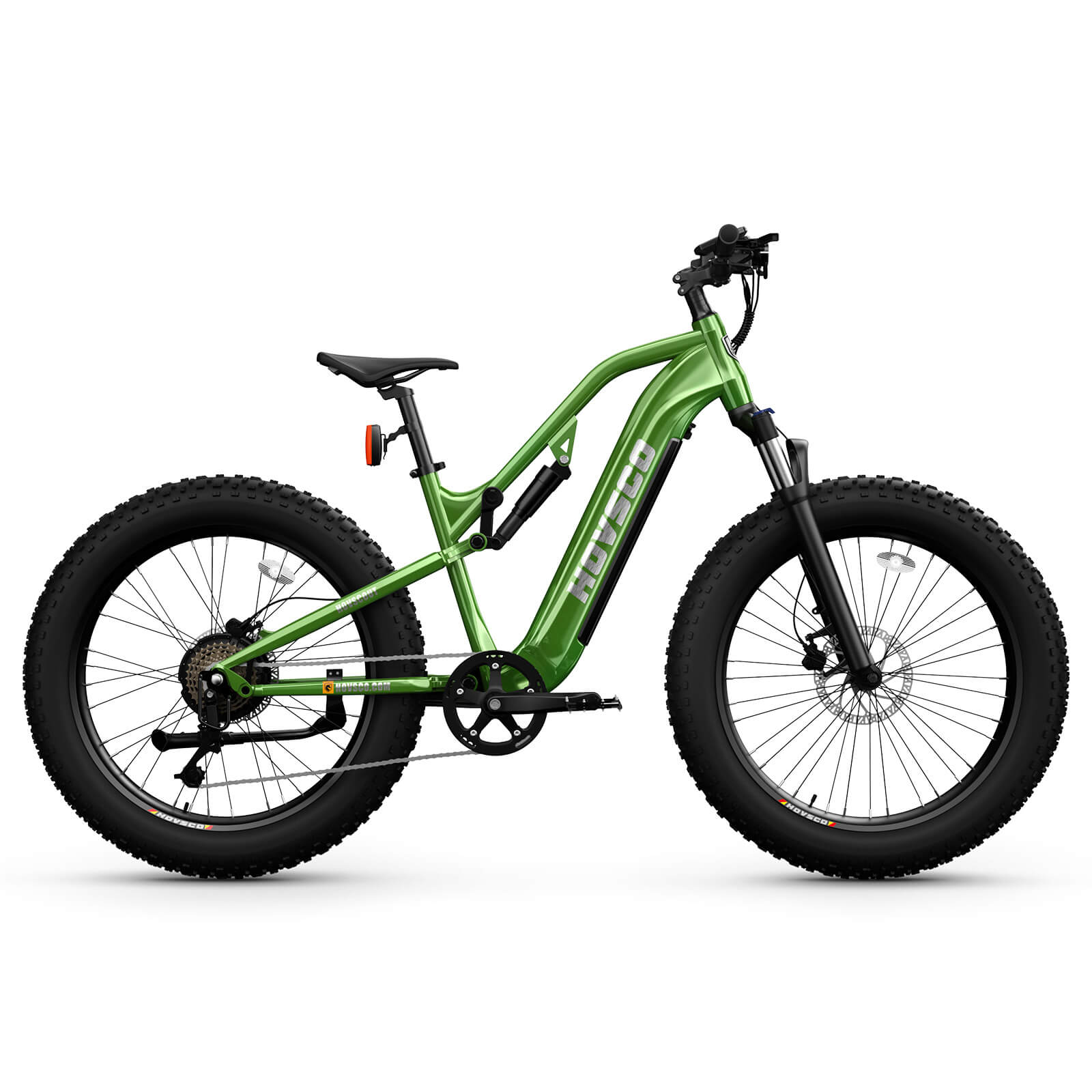

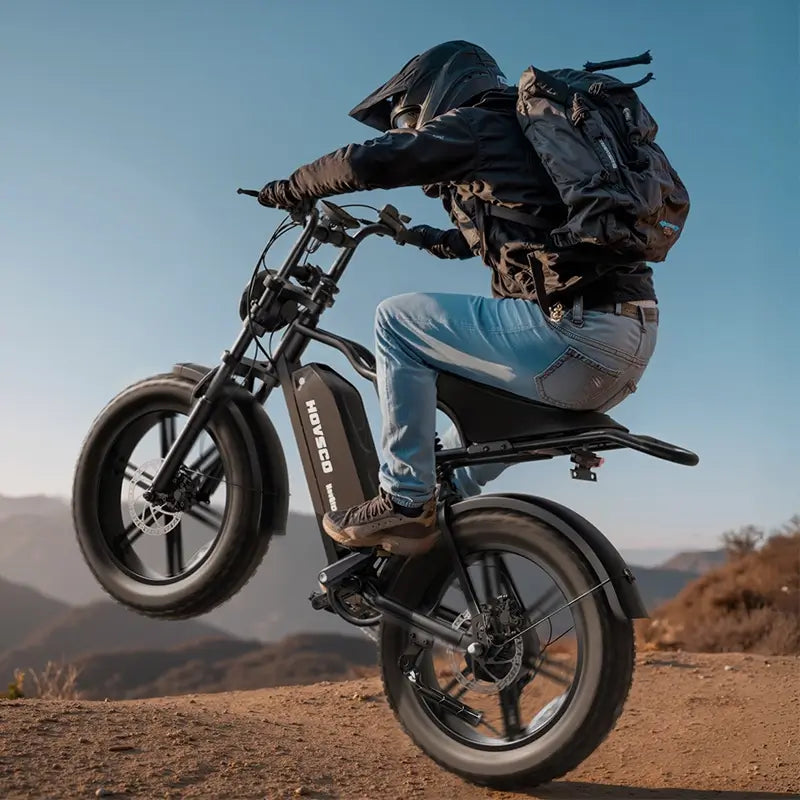
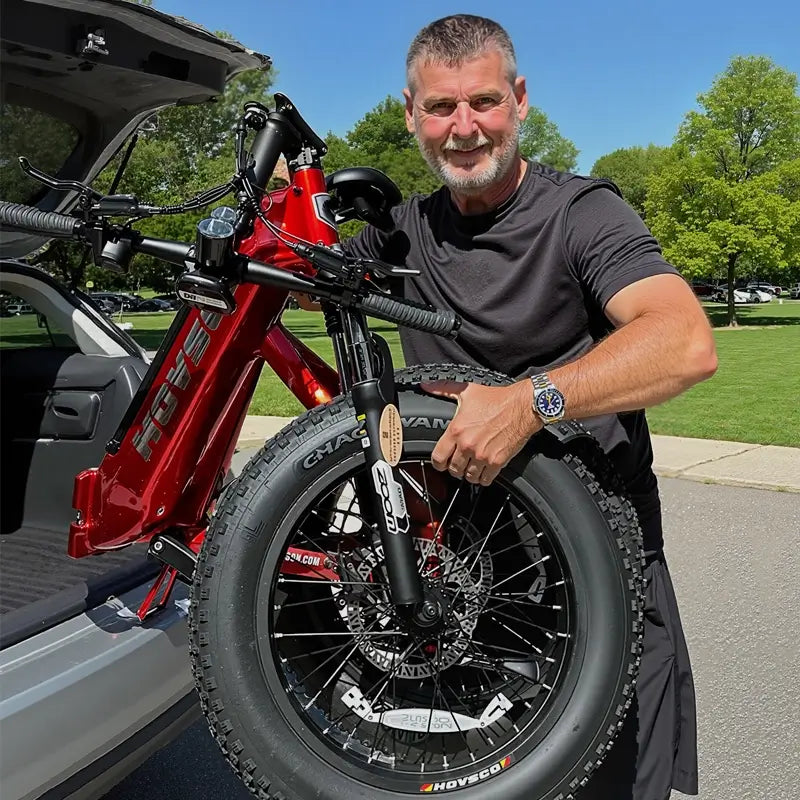



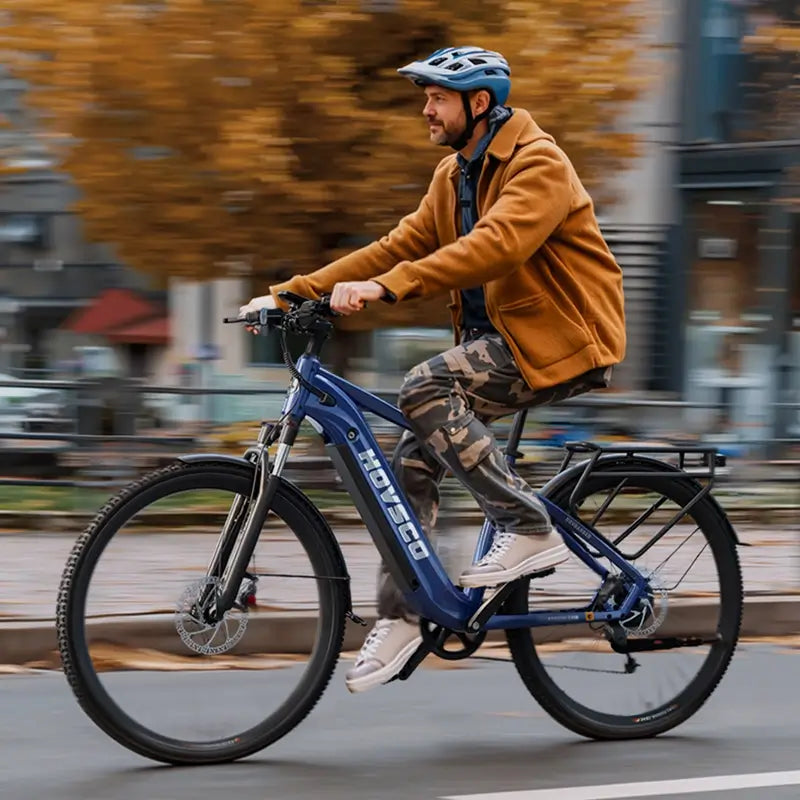
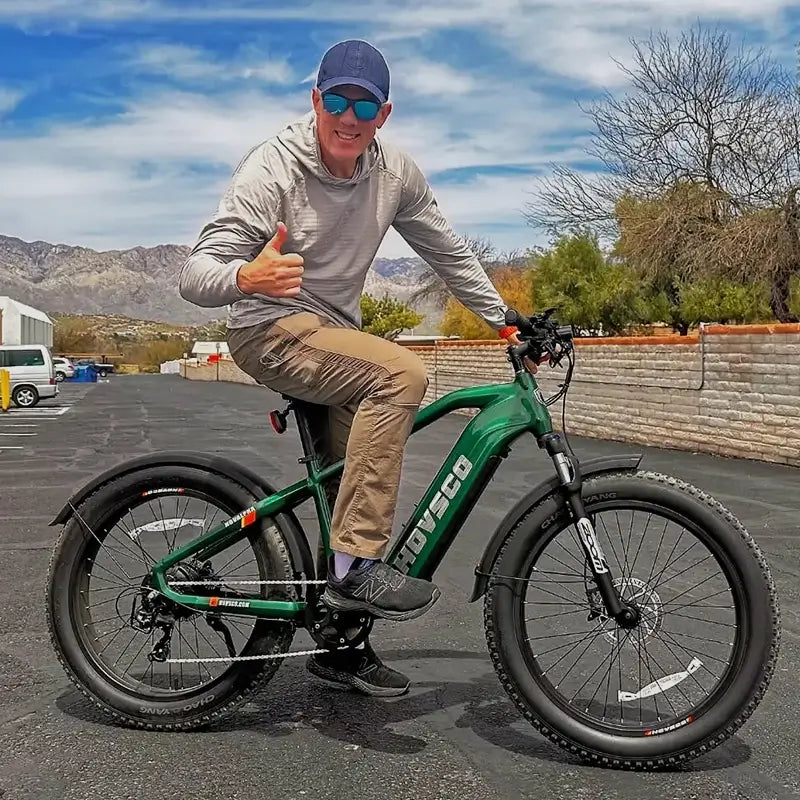
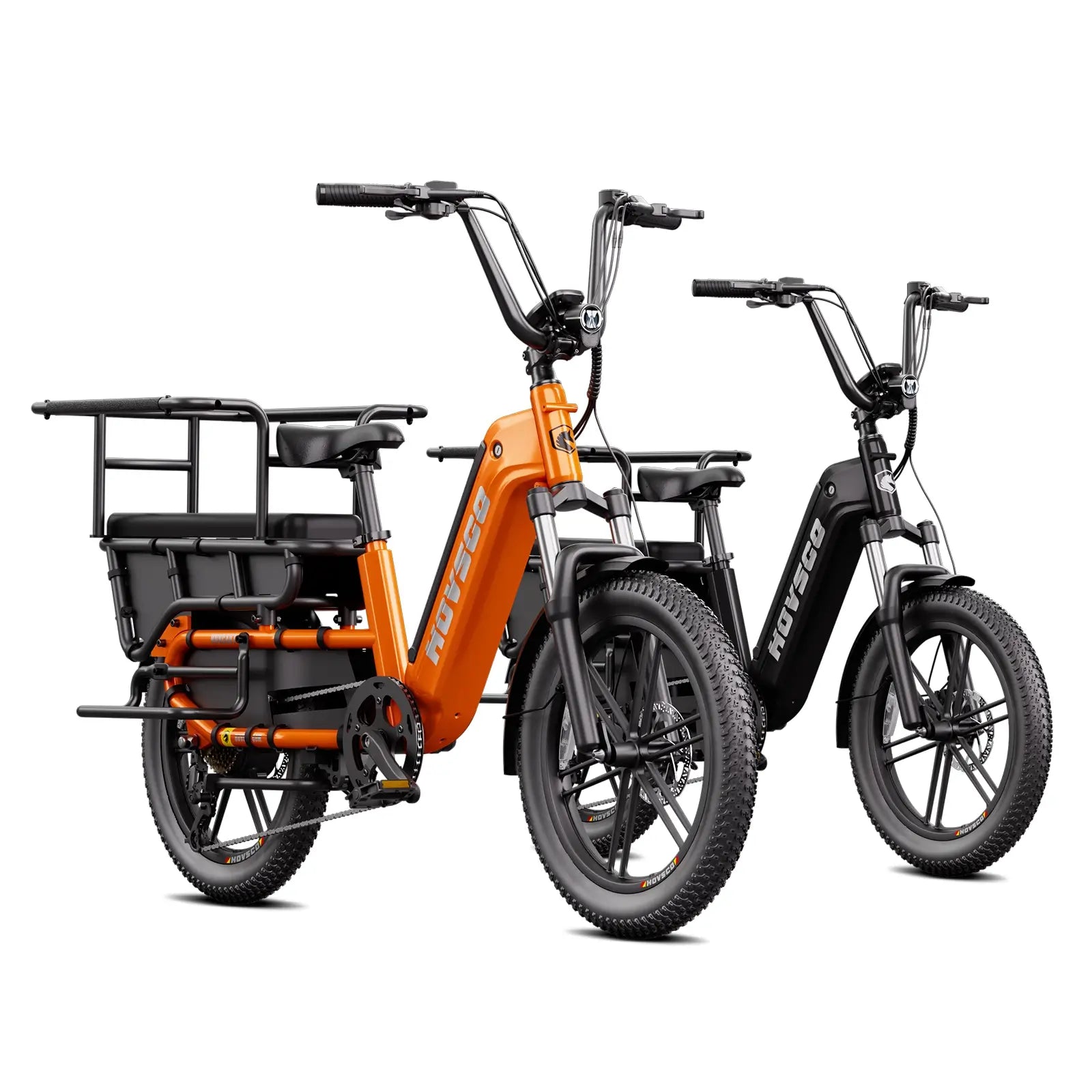
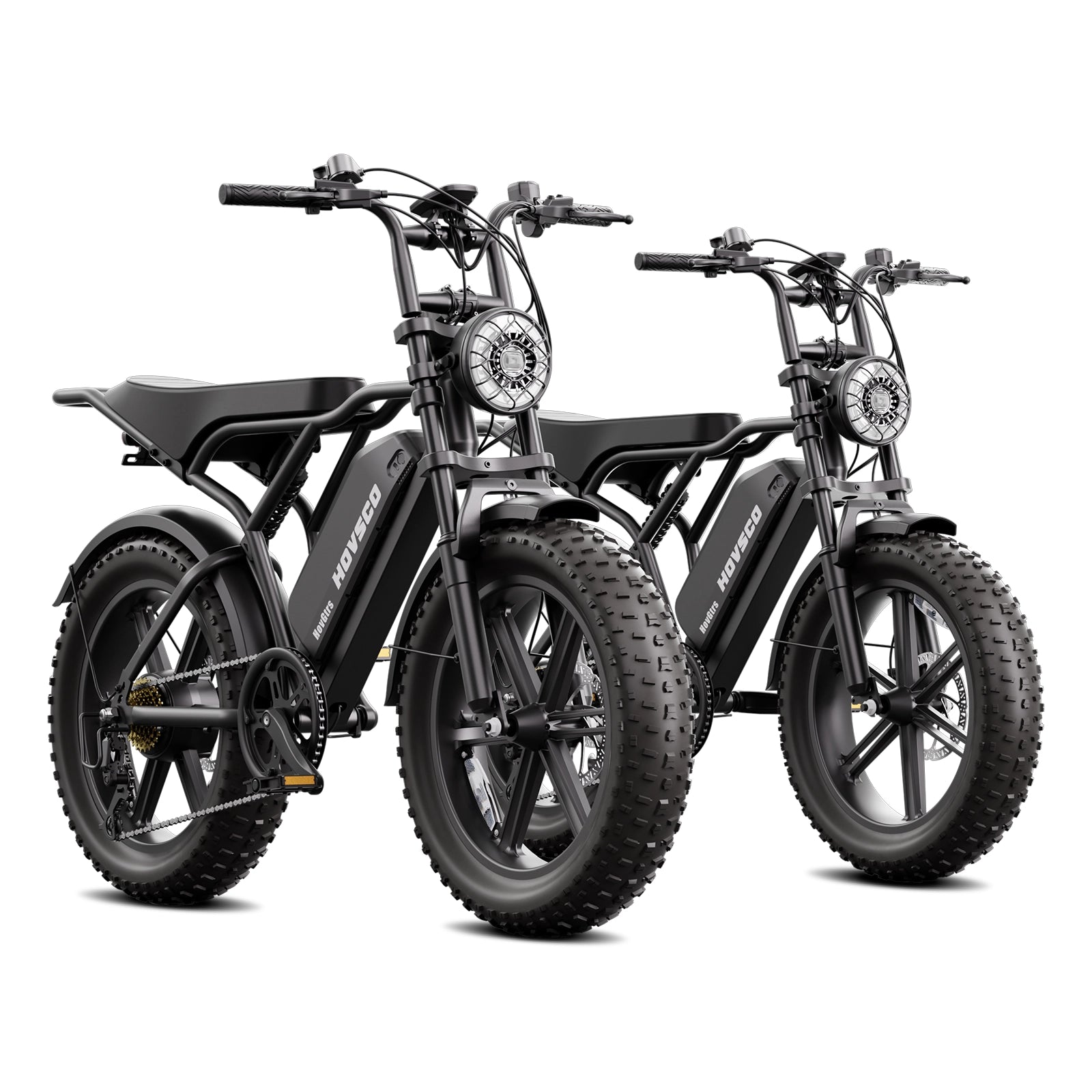
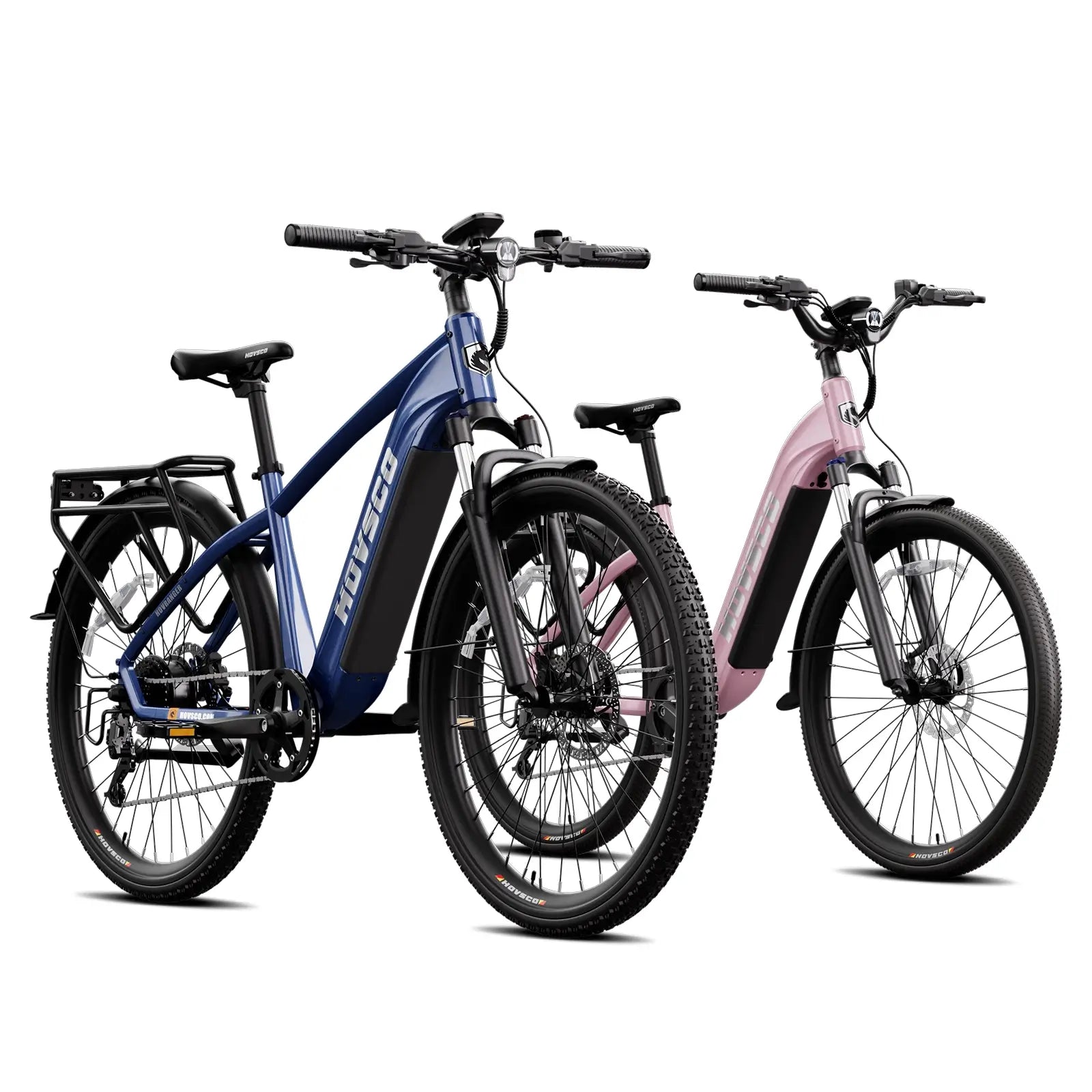
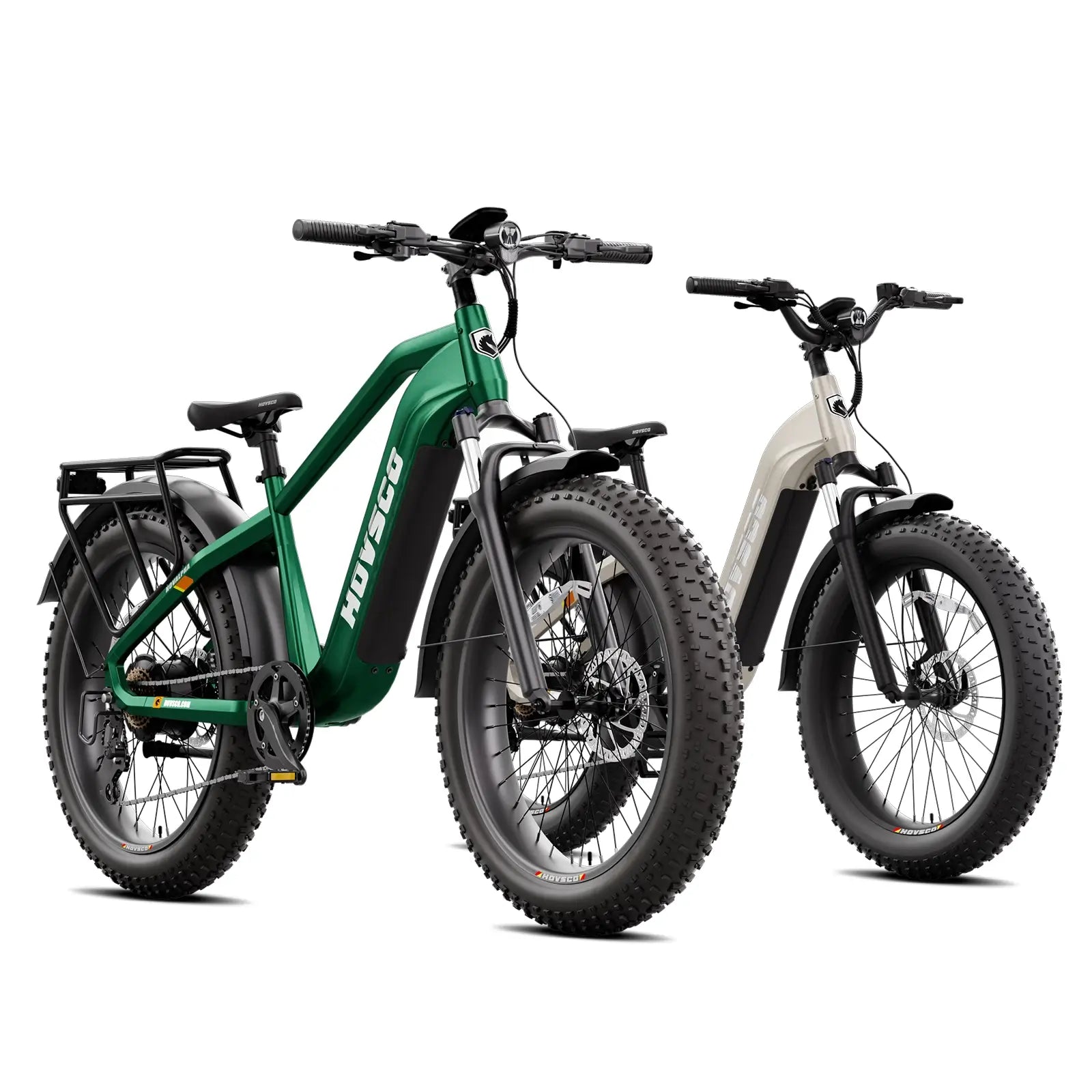
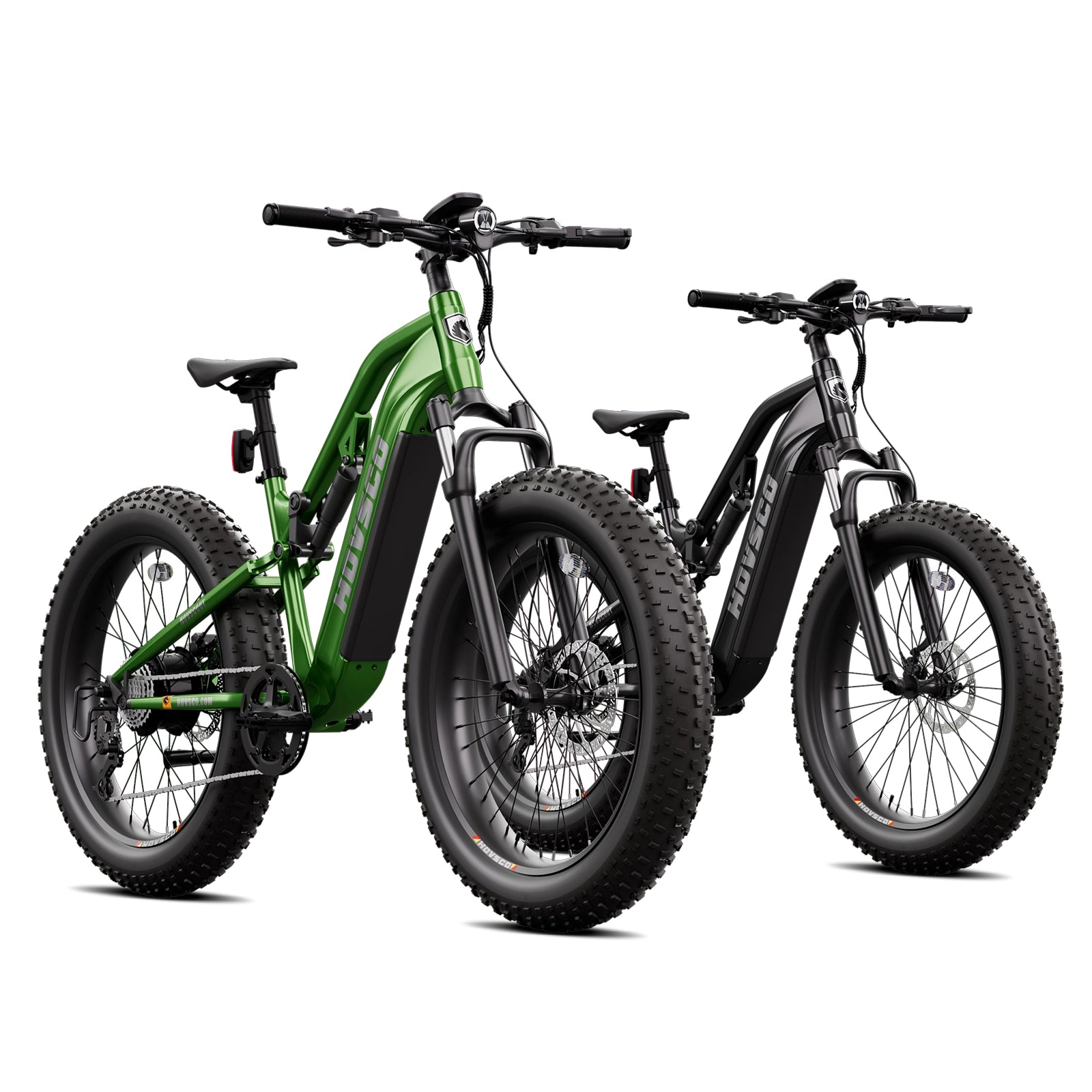
Share:
Why is the HOVSCO HovCart Cargo Ebike the Ultimate Companion for Holiday Shopping and Transportation?
Why Is an Electric Bike the Ultimate Christmas Gift?